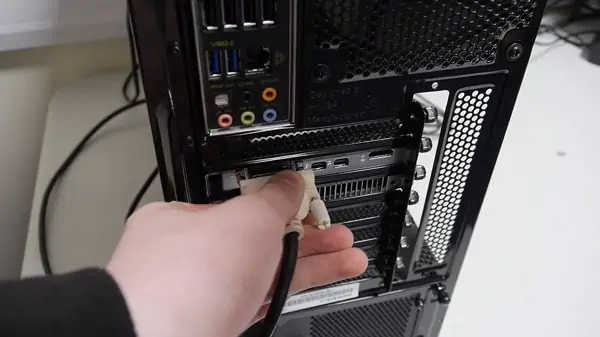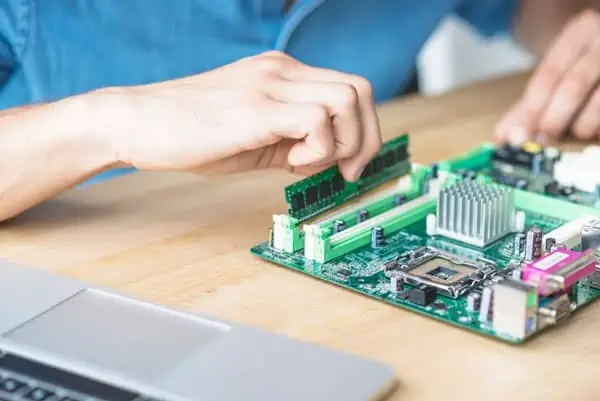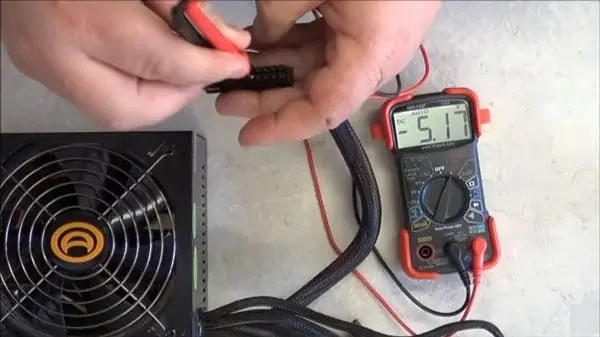No display on boot is mainly caused by hardware issues such as damaged cables or loose connections. Fixing these is as simple as using different cables and re-seating your components.
But these aren’t the only reason why this happens. Our concise guide covers all the main culprits that cause No Display on Boot and detailed instructions to fix them as well.

What Causes No Display on Boot?
The most common reason why you have No Display on Boot isfaulty cablesandloose connections. Cable damage is hard to gauge externally as cables may not be working despite looking fine from the outside. Other reasons why this happens include:
How to Fix No Display on Boot
The first step to fixing No Display on Boot is torestart your PCproperly. Hold the power button for at least 5 seconds to turn your PC off, then turn it back on. If your PC was set to sleep or hibernate before the problem started, this could solve the issue right away.
If you made any changes to your PC (both hardware and software) right before this problem started, reverting them may also be helpful.

Test Your Monitor and Connections
Reseat CPU Components (RAM, GPU)
While your PC is powered on, check thelights on your motherboard. If no lights are visible, the problem could be because of dust or loose connections. To test for this, reseat your RAM and GPU with the following steps.
Reset BIOS
The reason to reset BIOS after reseating RAM is to eliminate the RAM as being at fault here.
Your PC runsPOST(Power-On Self-Test) as soon as it’s powered on to verify that all the hardware is recognized before initializing BIOS. The POST display screen is an indication that RAM is in working condition and the actual problem could be misconfigured hardware.

As long as your monitor is receiving power, you can access the BIOS Setup Utility and reset it. For other methods likeReseating the CMOS Battery, read our article onhow to Reset BIOS.
Reset BIOS via BIOS Setup Utility
Physical Reset Switch
This is quite rare, but some of the latest motherboards have physical switches or buttons on the motherboard or CPU case for resetting your CMOS battery/BIOS settings. If your PC has this, simplypress the buttonfor around10 seconds, and you’re good.
Check Monitor and Resolution Settings
Use thecontrol buttonson your monitor (usually located at the side, front, or bottom of the edge of your monitor) to check the monitor settings.
Refer to your monitor’s manual or visit the manufacturer’s support website for more help on this.

Disconnect Peripheral Devices
Peripheral devices like speakers, webcams, external storage drivers, and even your keyboard and mouse can sometimes malfunction and cause problems for the rest of your system. You should try booting with only the bare-minimum devices and check if the monitor works then.
Check Power Supply Unit (PSU)
You can test whether your PSU is functioning properly or not by using a Multimeter or a Power Supply Tester. If thePSU isn’t working properly, it’s best to just replace it with a new one.